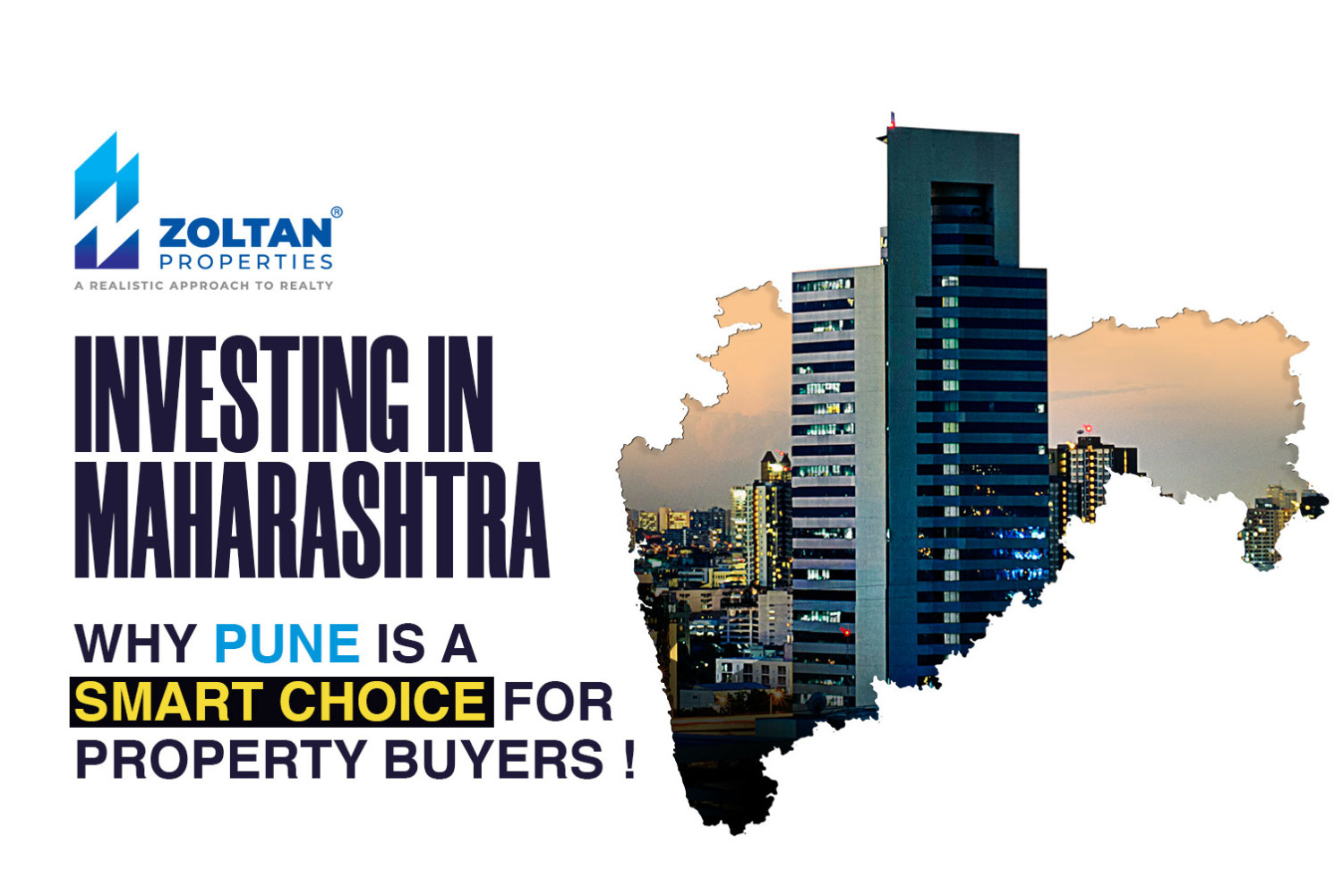Integrated townships are reshaping the urban landscape, offering a compelling alternative to traditional residential developments. These self-contained communities provide a holistic living experience, encompassing a wide range of amenities and services within a secure and well-planned environment. As a result, they have garnered significant attention from homebuyers across different age groups and demographics.
Key factors driving the popularity of integrated townships include:
1. Comprehensive Lifestyle: These townships cater to the evolving needs of modern residents by offering a diverse range of amenities, including schools, hospitals, shopping centers, recreational facilities, and green spaces. This all-in-one approach saves time, reduces stress, and enhances overall quality of life.
2. Strong Sense of Community: Integrated townships foster a strong sense of belonging among residents. Shared spaces, organized events, and a focus on community building create a vibrant and supportive environment.
3. Investment Potential: Due to their strategic location, superior infrastructure, and growing demand, properties within integrated townships often appreciate at a faster pace than standalone residential projects. This makes them an attractive investment option for both end-users and investors.
4. Sustainability Focus: Many developers are incorporating sustainable practices into their township projects, emphasizing eco-friendly features, energy efficiency, and green spaces. This aligns with the growing environmental consciousness among homebuyers.
The millennial generation, in particular, has emerged as a key driver of the demand for integrated townships. Their preference for spacious homes, flexible workspaces, and a vibrant social life aligns perfectly with the offerings of these communities. Additionally, the rise of remote work has made the concept of living and working in a self-contained environment even more appealing.
While the focus has traditionally been on metro cities, the real estate boom in tier 2 and Tier 3 cities has led to a surge in integrated township projects. These cities offer vast land parcels and a growing population, making them attractive for developers seeking to tap into new markets.
Challenges and Opportunities:
While integrated townships present a promising opportunity for developers and homebuyers, they also face certain challenges. Large-scale projects require significant investments and careful planning. Moreover, maintaining the quality of amenities and services over time is crucial for sustaining the appeal of these communities.
Despite these challenges, the future of integrated townships looks bright. As urbanization continues to accelerate, the demand for well-planned, self-contained living spaces is expected to grow. By addressing the evolving needs of residents and incorporating sustainable practices, developers can create thriving communities that redefine the urban living experience.

Case Studies of Successful Integrated Townships in India
Integrated townships have emerged as a significant trend in India's real estate landscape. Several projects have garnered immense success due to their comprehensive offerings and strategic locations. Let's delve into some notable examples:
1. DLF Gurgaon
DLF has been a key player in developing large-scale integrated townships, particularly in Gurgaon. Projects like DLF Phase-IV and The Magnolias offer a luxurious lifestyle with a wide range of amenities, including golf courses, clubhouses, and high-end retail outlets. These townships have attracted affluent buyers seeking a premium living experience.
2. Godrej Garden City, Pune
Godrej Properties Garden City is another successful township project in Pune. It focuses on sustainability and green living, with ample open spaces and eco-friendly features. The project has gained popularity among environmentally conscious buyers who appreciate a harmonious blend of nature and urban conveniences.
3. Magarpatta City, Pune
Often hailed as a pioneer in the Indian township concept, Magarpatta City has set a benchmark for integrated living. It encompasses residential, commercial, retail, educational, and healthcare facilities, creating a self-sufficient ecosystem. The township's success lies in its meticulous planning, world-class amenities, and a strong emphasis on community building.
Financial Aspects of Investing in Integrated Townships
Investing in integrated townships can be a lucrative proposition, but it's essential to understand the financial implications. Here's a breakdown of key factors:
Investment Horizons
Short-term: While some townships might offer short-term appreciation, the real potential lies in long-term investments.
Long-term: Integrated townships typically exhibit steady and substantial appreciation over time due to their self-contained nature and increasing demand.
Risk Factors
Market fluctuations: Real estate is subject to market cycles. While integrated townships are generally resilient, they are not immune to market downturns.
Developer reputation: The credibility and track record of the developer play a crucial role in the project's success.
Location: The township's proximity to employment hubs and connectivity to major transportation networks significantly impact its value.
Financial Benefits
Capital appreciation: As the township matures and infrastructure develops, property values tend to rise.
Rental income: Owning a property in an integrated township can generate steady rental income due to high demand from professionals and families seeking a convenient lifestyle.
Tax benefits: Depending on the project and local regulations, investors might be eligible for tax benefits.
Investment Strategies
Residential units: Investing in residential units within the township can offer long-term capital appreciation and rental income.
Commercial spaces: Investing in commercial spaces within the township can provide higher rental yields but involves higher risks.
Land plots: Investing in land plots within the township can be a high-risk, high-reward proposition.
It's crucial to conduct thorough due diligence before investing in an integrated township. Factors such as location, developer reputation, amenities, and pricing should be carefully evaluated.
Source: constructionweekonline.in

 IN
IN
 France
France
 Germany
Germany
 Greece
Greece
 India
India
 Saudi Arabia
Saudi Arabia
 Spain
Spain
 United Arab Emirates
United Arab Emirates
 United Kingdom
United Kingdom
 United States
United States






